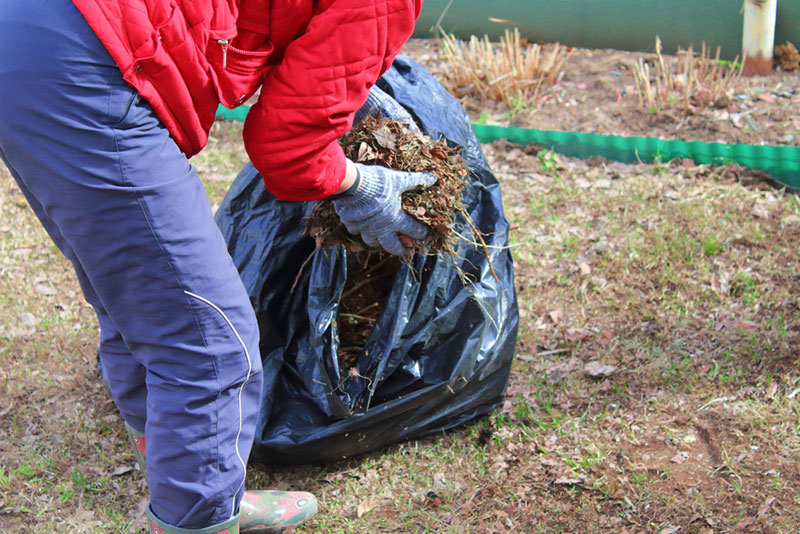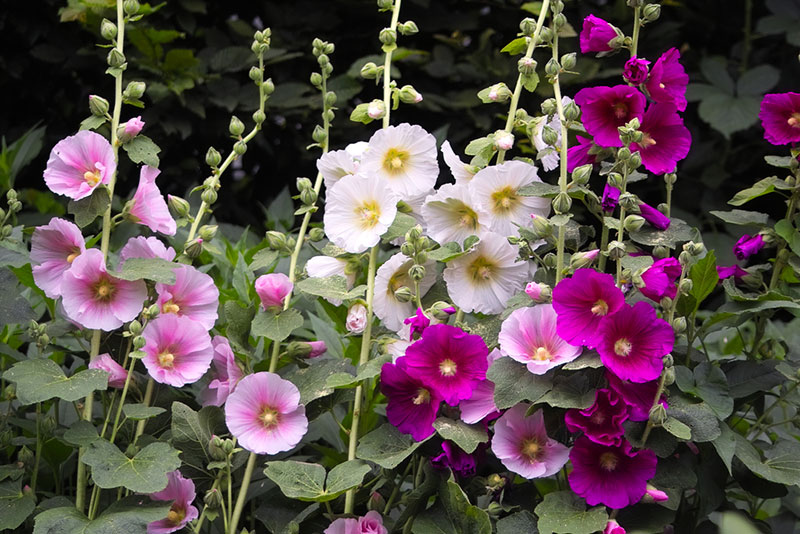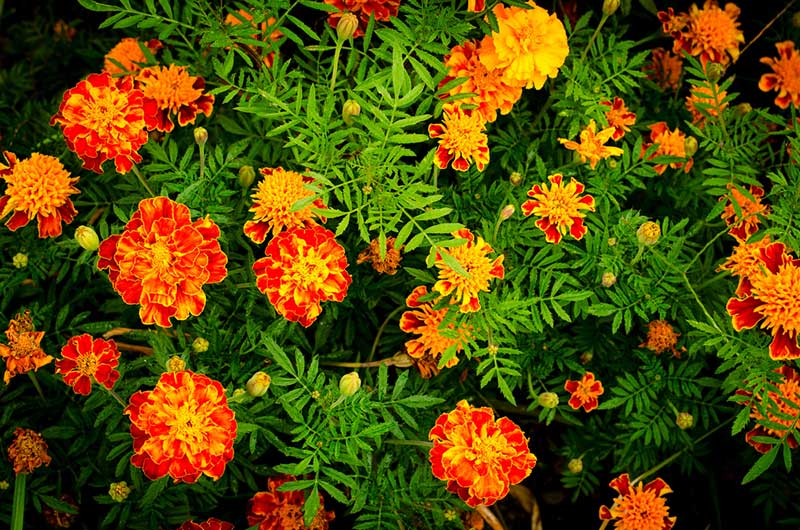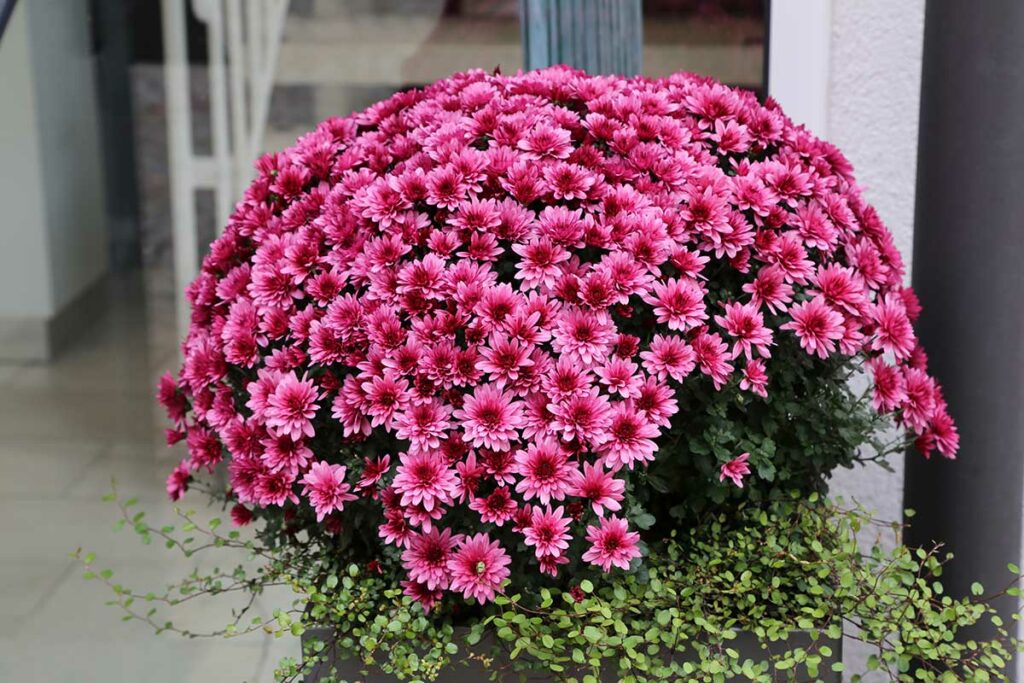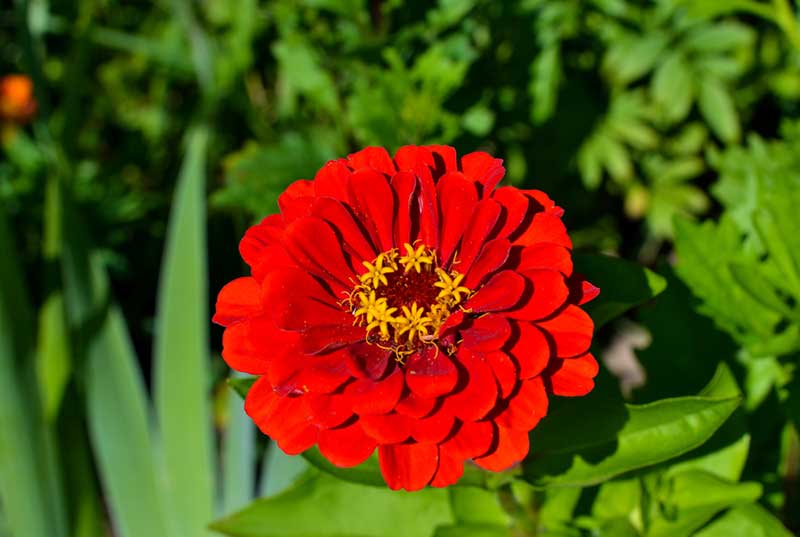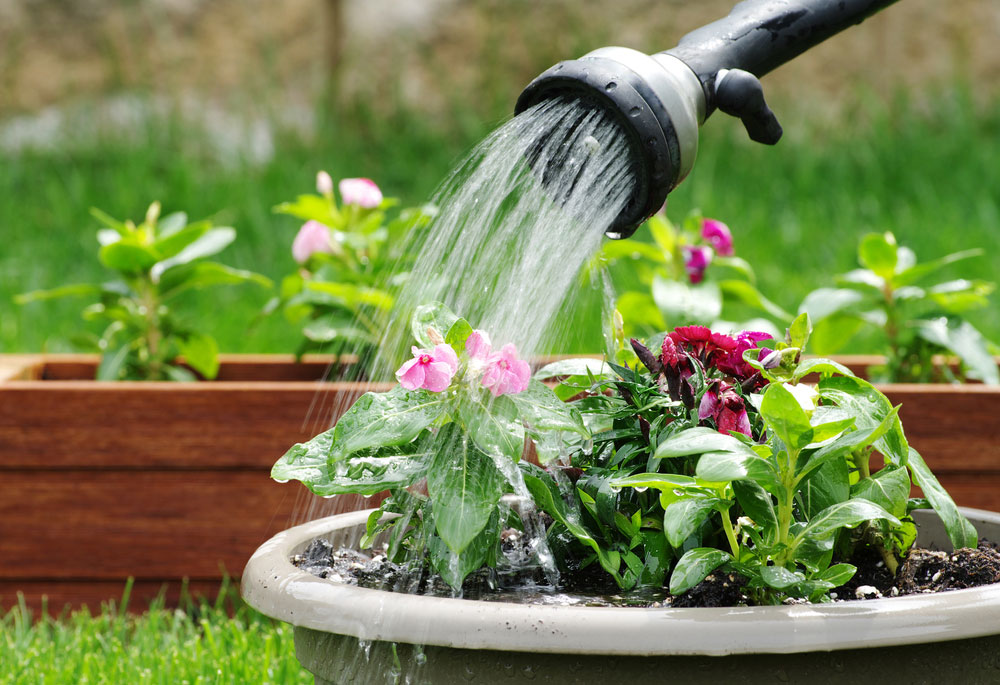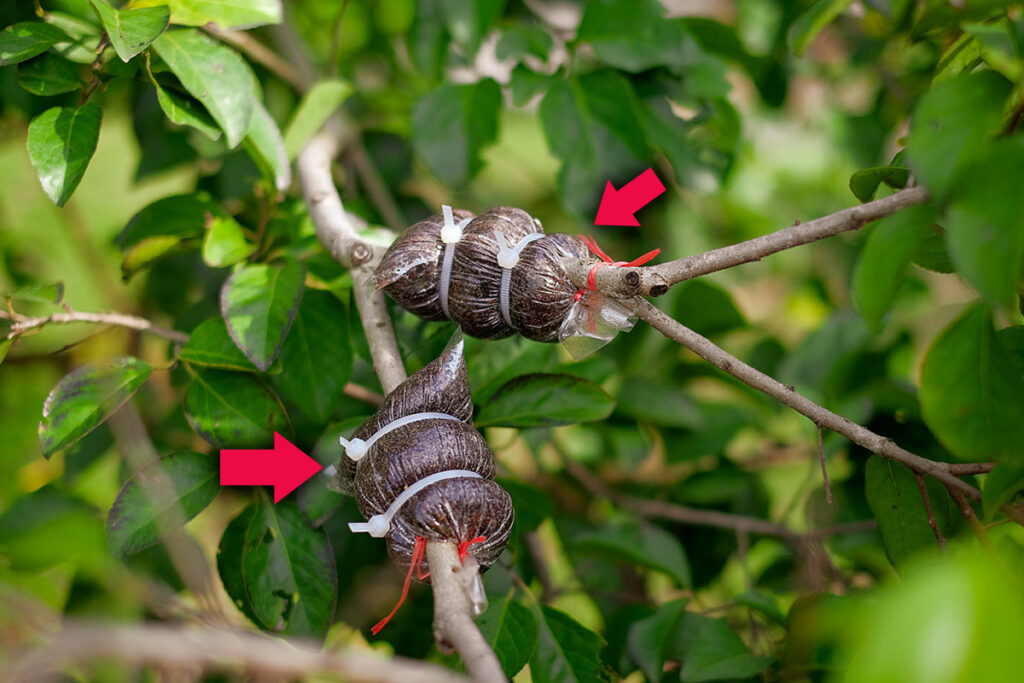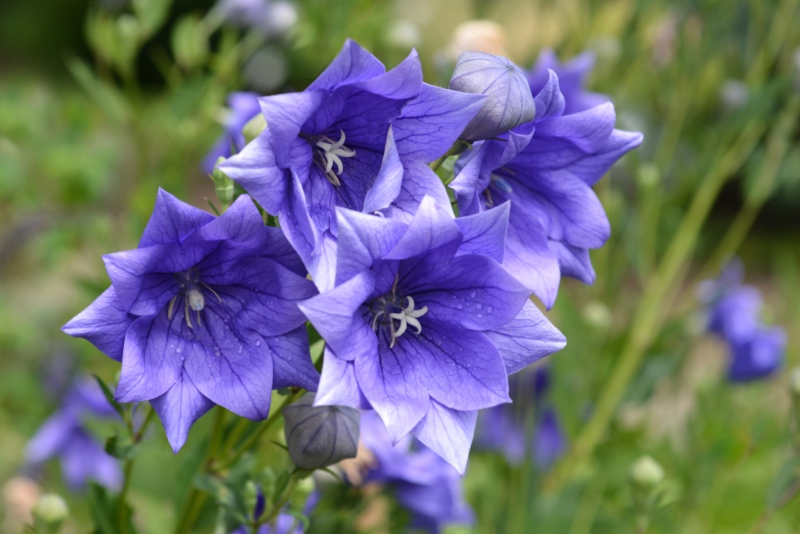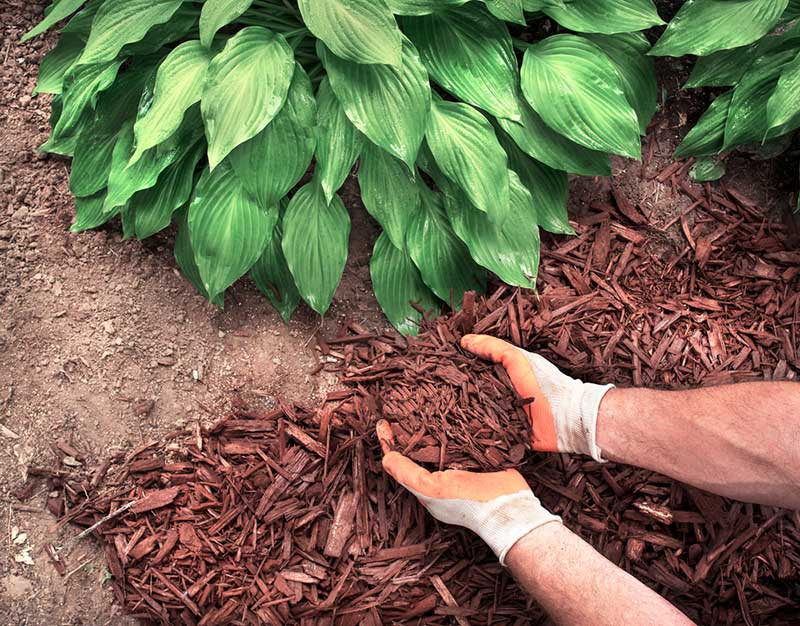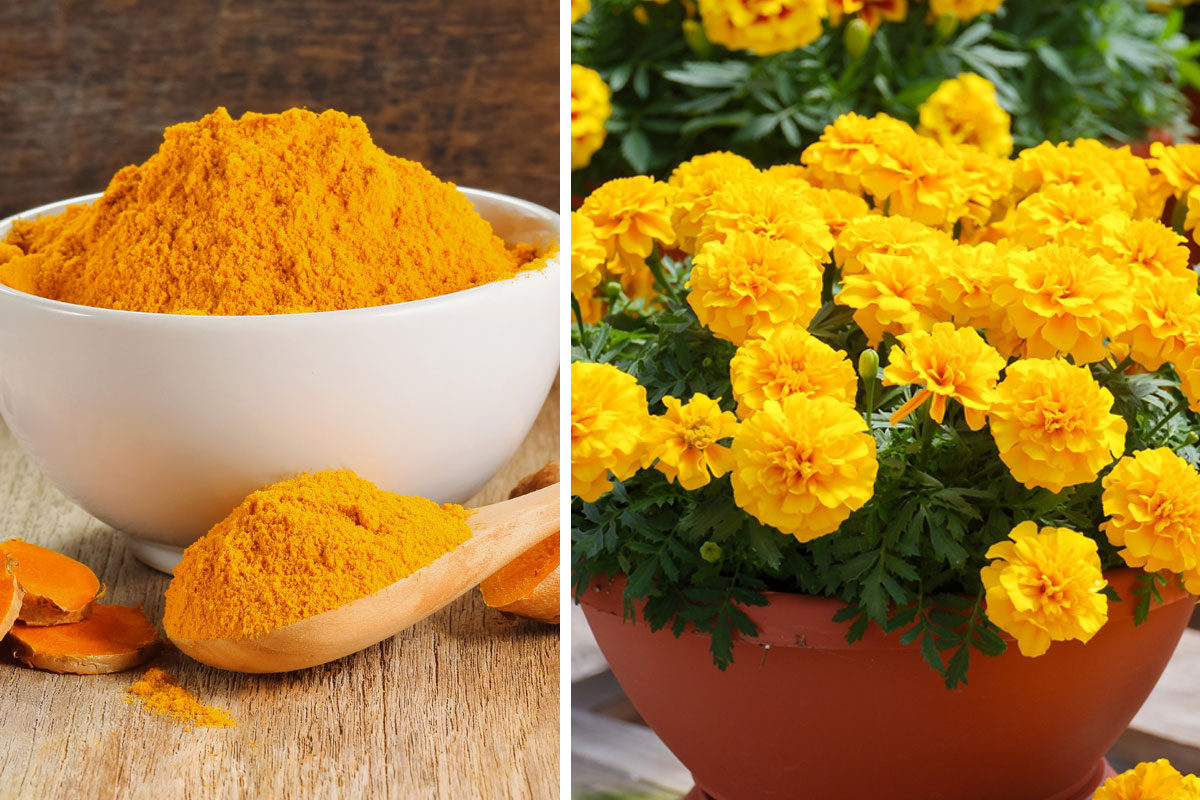
Turmeric has received a lot of attention in recent years as a miracle cure for arthritis. The same properties that allow turmeric to work as an anti-inflammatory can do a lot to help the plants in your garden.
If you’re not using turmeric in your garden, here are a few reasons you should.
While you can purchase turmeric at the store, it is fairly easy to grow. Just placing a small piece of the root of the plant into the ground can germinate an entirely new plant.
1. Turmeric is a Natural Pest Control
Most notably, it is an excellent way to control ants and mealy bugs. The strong odor of turmeric is a natural repellent.
To use it, sprinkle powdered turmeric around a garden, much like you would with a commercial ant killer. You can also plant turmeric every couple of feet in the areas where you don’t want ants.
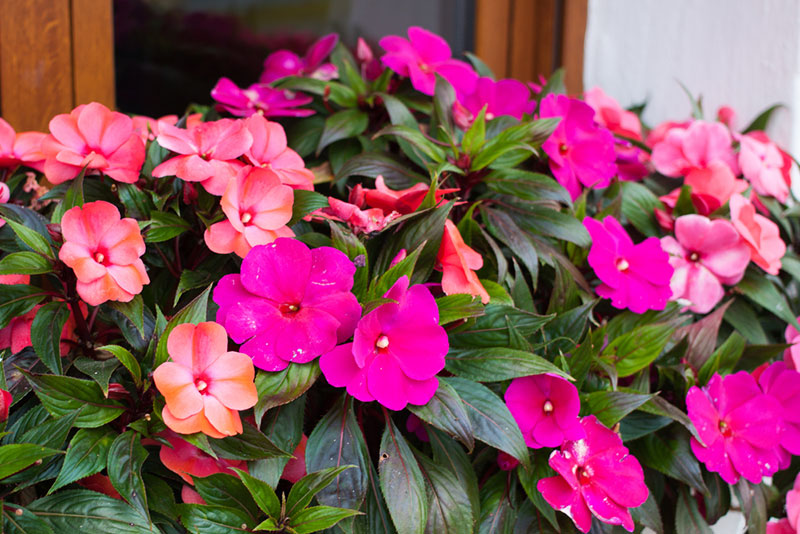
2. Turmeric will Repel Soil Pests
Grubs and other root eating bugs are repelled by turmeric. To get the best affect, mix powdered or sliced turmeric directly into the potting soil; about one tablespoon per gallon of soil will be enough to repel most soil pests. Be careful not to over-saturate the soil, however, as turmeric can be acidic and too much will damage the roots of plants.
If you are dealing with pests after your plants are growing, mix about one tablespoon of turmeric into a gallon of water. Use this water to water the garden, applying at least once a week. Again, be careful not to use too much, as too much turmeric will burn the leaves and roots of some plants.
3. Repair Damaged Plants
If you have plants with stems or trunks that have been damaged by cutting or pests, turmeric is a good way to help them heal. The anti-inflammatory and immune boosting properties that make turmeric great for people who are trying to reduce inflation will also work to help plants speed recovery.
To use turmeric this way, mix powder with water to create a thick paste. Then spread this paste over the injured portion of the plant. Then wrap a piece of crap cloth around the injured portion of the plant; essentially making a police for the plant. This method has been used for centuries to promote growth and healing in trees that have been grafted.
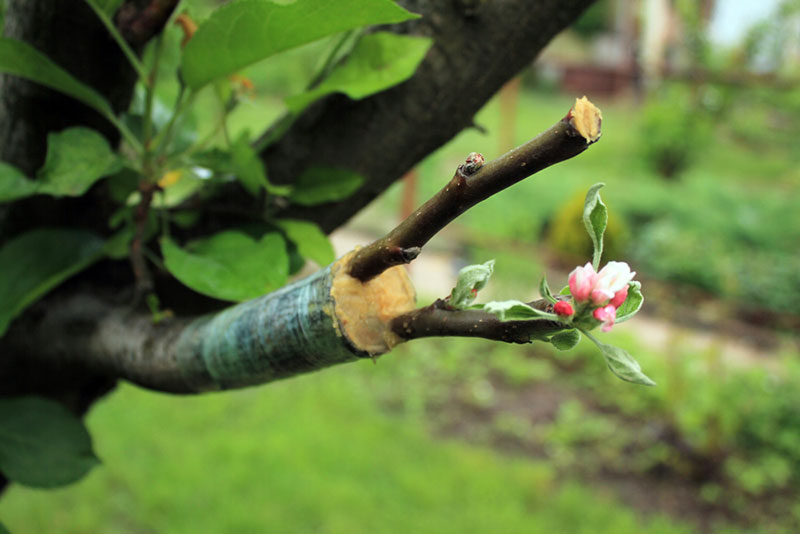
Most notably, turmeric can do a lot to help plants that are suffering from die-back diseases. This disease tends to affect plants that have been grafted, and looks as if the area that the graft was performed on is starting to die. In many cases, gardeners simply assume that the graft did not take, but it is possible to lose an entire plant over this type of disease.
Turmeric can be used to cover the portion of the stem after the diseased portion is removed so that the disease does not spread to the rest of the plant.
It is also possible to use the water and turmeric solution described above to promote overall healing of smaller plants with damaged leaves and stems.
4. Turmeric Can be Used as a Rooting Agent
Turmeric that is mixed into the soil surrounding a new plant will act to help the plant develop roots. If you frequently use cuttings to spread plants in your garden, mixing a tablespoon of powdered turmeric into the potting soil will work to get the plants to develop roots faster.
5. Natural Pesticide
In addition to repelling pests, turmeric mixed with water can be sprayed directly onto plants that are being attacked by grubs and aphids.
Make the mixture by using a teaspoon of turmeric for every half cup of warm water. The result will be a bright orange liquid that will kill garden pests.





